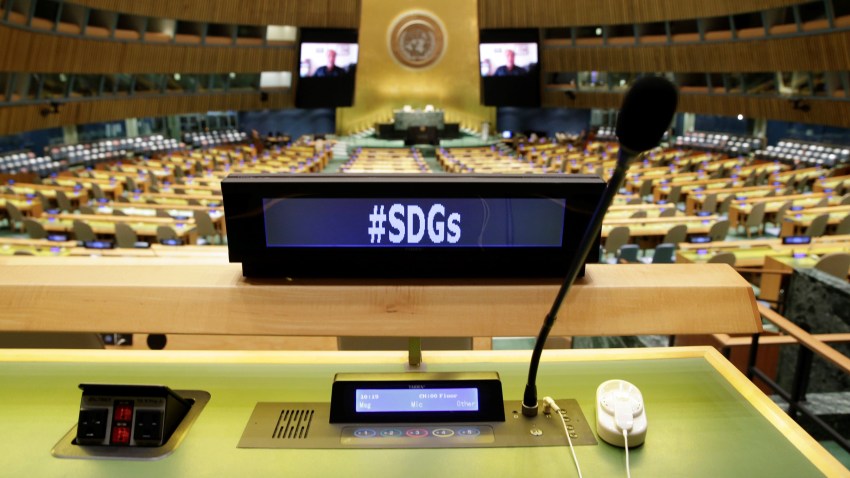Next week, world leaders will convene at the 2023 SDG Summit in New York to mark the beginning of what is hoped will be a new phase of accelerated progress toward realizing the Sustainable Development Goals. Adopted in 2015, the SDGs are a set of 17 goals that, combined, seek to improve health and wellbeing, reduce inequalities and exclusion, and ensure a just transition toward environmentally sustainable societies for all of the world’s inhabitants.
But the outlook so far is discouraging. At the midpoint of the United Nations’ 2030 Agenda for Sustainable Development, which set 2030 as the date for realizing the SDGs, the world is far off-track from doing so. Indeed, recent cascading crises—including the COVID-19 pandemic, the war in Ukraine, climate change and the global cost-of-living crisis—threaten to reverse the progress made on several goals at both the local and global level.
They have also exacerbated one of the most significant challenges to realizing the SDGs: financing gaps. According to recent estimates, SDG financing gaps amount to between $1 trillion and $4 trillion per year. Although that amount seems daunting in monetary terms, it represents only 1-4 percent of global GDP. So filling these financing gaps is not out of reach. However, both domestic and international sources of the necessary finance—which includes both public and private investment—are under stress.

